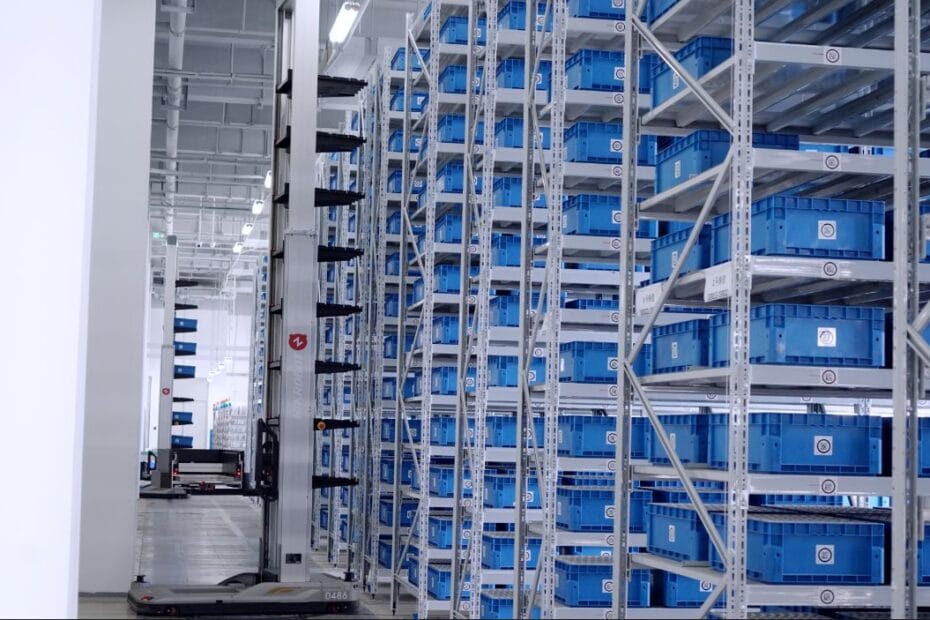When it comes to automation, it’s tempting to assume that the fastest robot wins. After all, more speed means more orders picked, packed, and shipped—right? Not necessarily. Many businesses invest heavily in robotic systems promising lightning-fast cycle times, only to discover that speed without strategy can lead to a host of operational headaches.
An efficient warehouse robotics strategy isn’t just about how quickly a robot can move. It’s about the whole system working cohesively—balancing throughput with accuracy, uptime, and flexibility. A robot that races from A to B is impressive on paper, but what if it facilitates mis-picks? What if it can’t adapt to changing SKU profiles? Or worse, what if it’s frequently out of service for maintenance because its high-speed components wear out faster?
Let’s consider order accuracy. A robotic system that can move at breakneck speed but frequently places the wrong items into orders will create more returns, customer complaints, and manual checks. That’s not just inefficient—it’s costly.
Then there’s adaptability. Today’s warehouses need to cope with seasonal spikes, changing product dimensions, and evolving customer demands. A good robotics strategy considers how easily the system can scale or pivot—not just how fast it can zip around a warehouse today.
And don’t underestimate downtime. High-speed systems can sometimes be more prone to breakdowns or require more frequent servicing. While a robot might be a marvel of motion, if it’s sitting idle due to faults, that speed becomes irrelevant. The most efficient warehouse robotics strategy is one that delivers reliable performance day in and day out, even if that means moving slightly slower.
Smart businesses are beginning to shift focus. Rather than asking, “How fast can it go?”, the better question is, “How well does it support our operational goals?” That includes ensuring seamless integration with warehouse management systems, prioritising safety, and reducing bottlenecks—not just shaving seconds off travel times.
Ultimately, a well-balanced approach leads to better long-term performance, fewer interruptions, and a system that grows with your business. Speed still matters—but only as part of a much wider conversation about efficiency, reliability, and scalability.
Because in modern warehousing, the tortoise might just outlast the hare.

